Business Key Stage 3&4




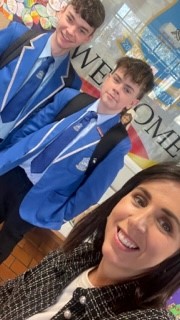
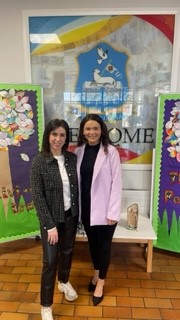
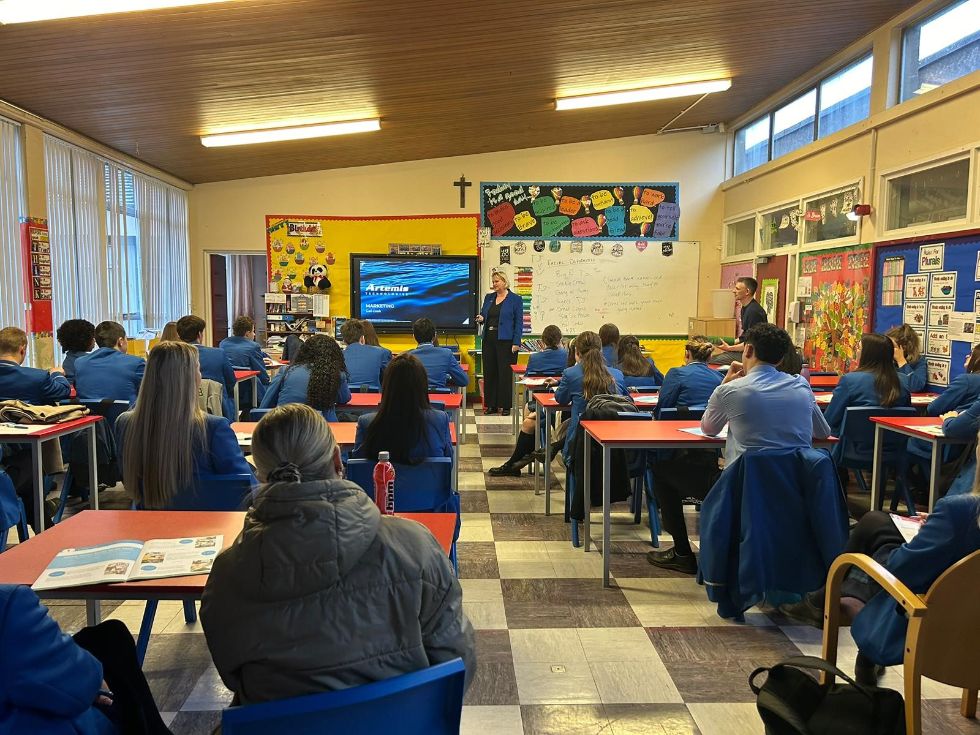
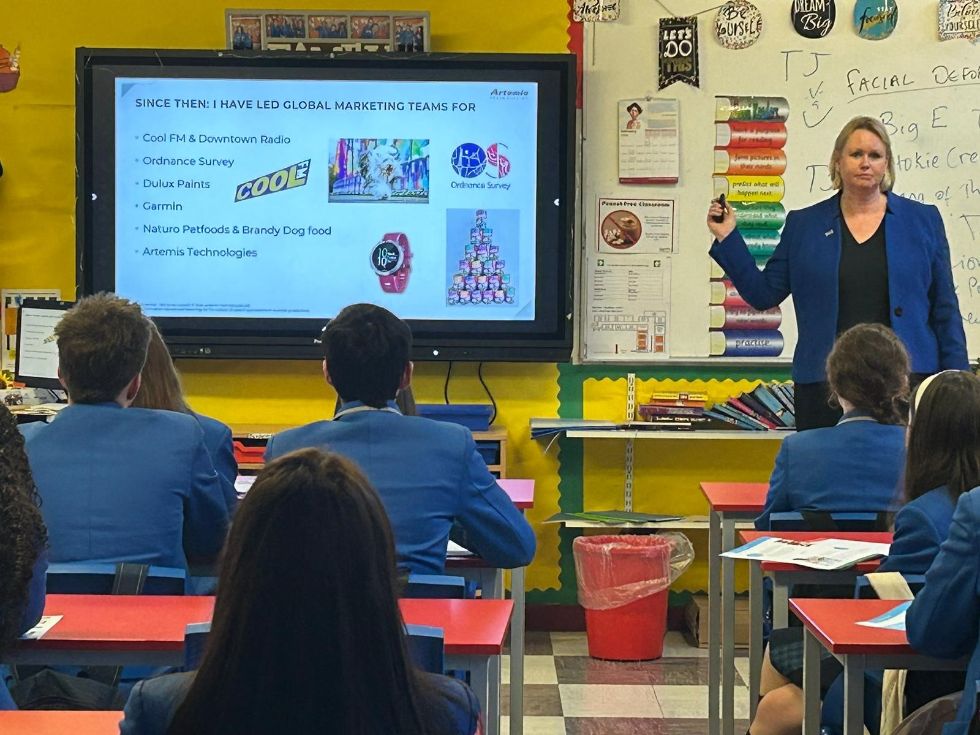

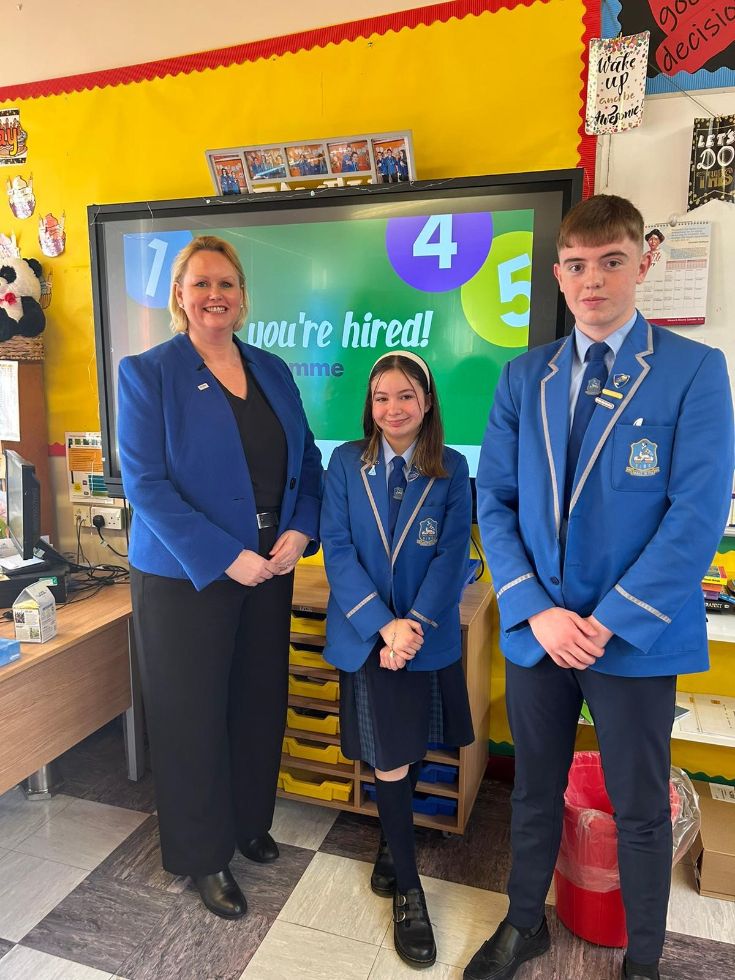
The aim of the Business Innovation programme is to make the connection between school and the world of work, enabling young people to develop the knowledge and attitudes they need to succeed, building on 8 key skills:
- Communication
- Confidence
- Financial Capability
- Initiative
- Organisation
- Problem-solving
- Teamwork
- Resilience
Staff involved-
- Miss Jenna Boden (Leader of Learning)
- Mrs Karen Towe
- Mr Ryan Watters
Key Stage 3
In St. John the Baptist’s College, we now offer this programme to all Key Stage 3 pupils. An outline of course content is detailed below:
|
Year 8 |
|
|
Year 9 |
|
|
Year 10 |
|
KS4 Overview
Key Stage 4 Business: At Key Stage 4 we currently offer three business related courses:
This Year we achieved 77% pass rate across our Business Studies Courses!
|
Business and Communication Systems |
The CCEA GCSE Business and Communication Systems specification introduces students to the business world. They also explore the changing role of digital technology in business today. Students learn about file management and applications such as word processing, spreadsheets, databases, web authoring, web browsing, email and presentation software. They also study types of business, recruitment, selection, training, marketing, the role of stakeholders and customers, and how best to communicate a message. Students then have an opportunity to connect all they have learned to plan and develop a digital solution for a business. A qualification in Business and Communication Systems could lead to further study or a career in business, digital technology or ICT. Assessment is through one computer-based exam worth 40% of the final mark, one written exam worth 35% and a controlled assessment unit worth 25%. This specification is unitised, so it’s possible to take part of the assessment at the end of the first year of study. This qualification builds on the knowledge, understanding and skills developed through the Learning for Life and Work Area of Learning and the Cross-Curricular Skill of Using ICT. The specification has three units:
Unit 1: Software Applications for Business Software applications play a vital role in business. They add value by increasing efficiency and they can reduce the amount of time tasks take and improve record keeping. They can also enhance the ways in which businesses communicate with their stakeholders. In this unit, students learn about relevant functions in software applications and develop their skills in using them in business contexts. When using software applications, students should be aware of standard ways of working and best practice approaches. Unit 2: The Business Environment In this unit, students gain a broad introduction to the business world. They learn about recruitment, selection, training and marketing, as well as the implications of digital technology for business. Students consider different roles, including stakeholders and customers, as well as how best to communicate a message. They look at all these factors in the context of the changing nature of business today. Unit 3: Developing Digital Solutions In this unit, students use the skills they have developed in Units 1 and 2 to plan and develop a digital solution for a business. This unit is synoptic; it tests students’ understanding of the connections between the different elements of the subject. |
|
Business Studies |
The CCEA GCSE Business Studies specification encourages students to investigate how businesses start up. They explore the resources, marketing and finance that businesses need and the challenges they face.They also examine how businesses grow and the role of stakeholders: groups that have an interest in a business. They understand the role of human resources, the recruitment and selection process, and the value of employee training and motivation. Important new topics include the role of social enterprise, e-business and m-business. Students discover how businesses can use electronic and mobile technology in different ways. They also learn to apply skills such as decision making, proposing business strategies or solutions, understanding other viewpoints and justifying decisions. Assessment is through two written exams, each worth 40% of the final mark, and a controlled assessment unit worth 20%. This specification is unitised, so it’s possible to take part of the assessment at the end of the first year of study. This qualification builds on the knowledge, understanding and skills developed through the Learning for Life and Work Area of Learning. The specification has three units:
Unit 1: Starting a Business Unit 2: Developing a Business Unit 3: Planning a Business |
|
OCN Business |
OCN Business The aim of the OCN NI Level 2 Award, Certificate, Extended Certificate and Diploma in Skills for Business is to allow learners to develop the knowledge, understanding and key skills required to work within a business setting. These qualifications provide an engaging, practical and relevant introduction to the world of business today. Currently, the 4 units studied by pupils in SJBC are: Unit 1:Understanding Business Structures Unit 2:Business Aims and Objectives Unit 3:Marketing Mix and Competition Unit 4:Recruitment and Selection |
 Menu
Menu




